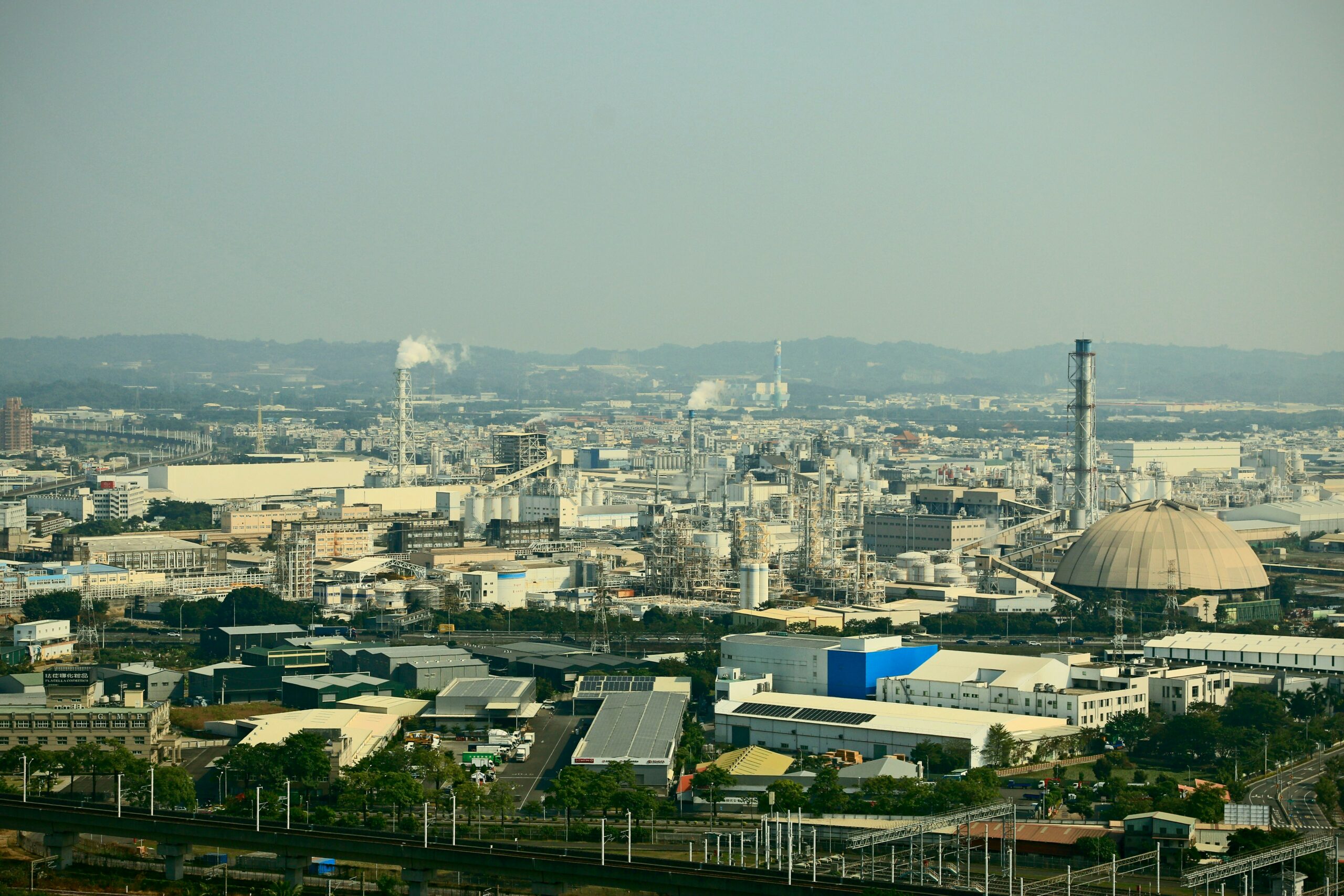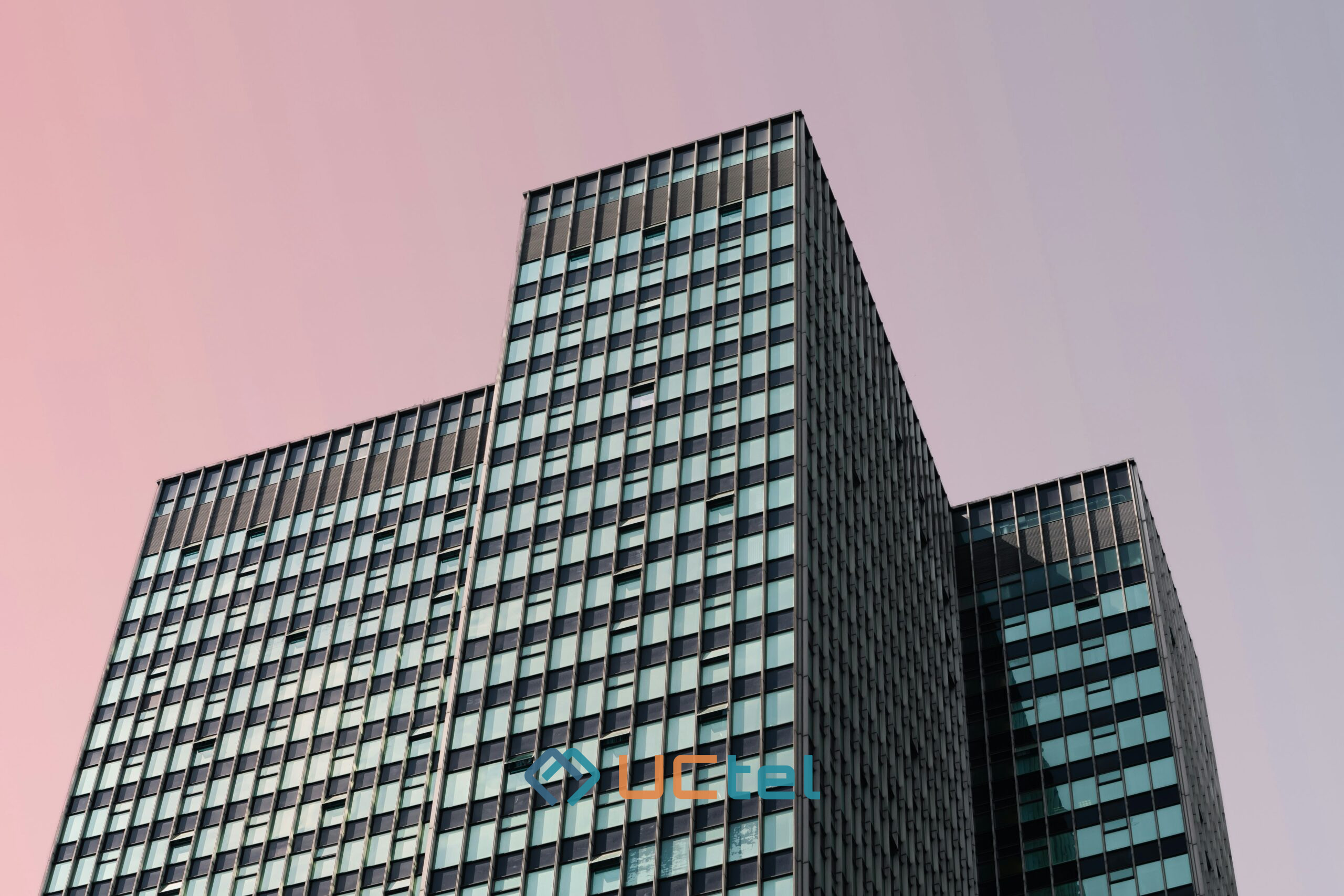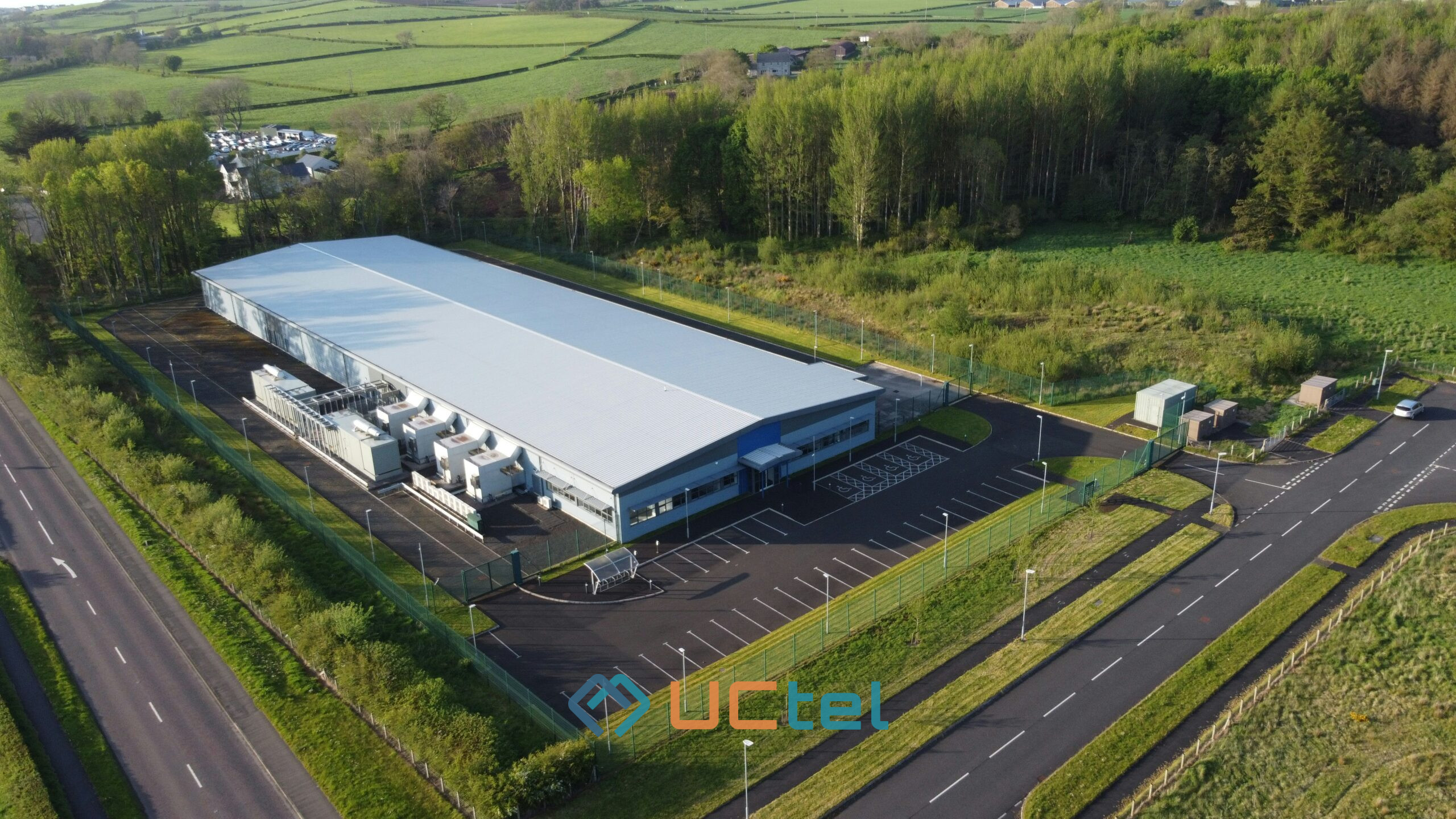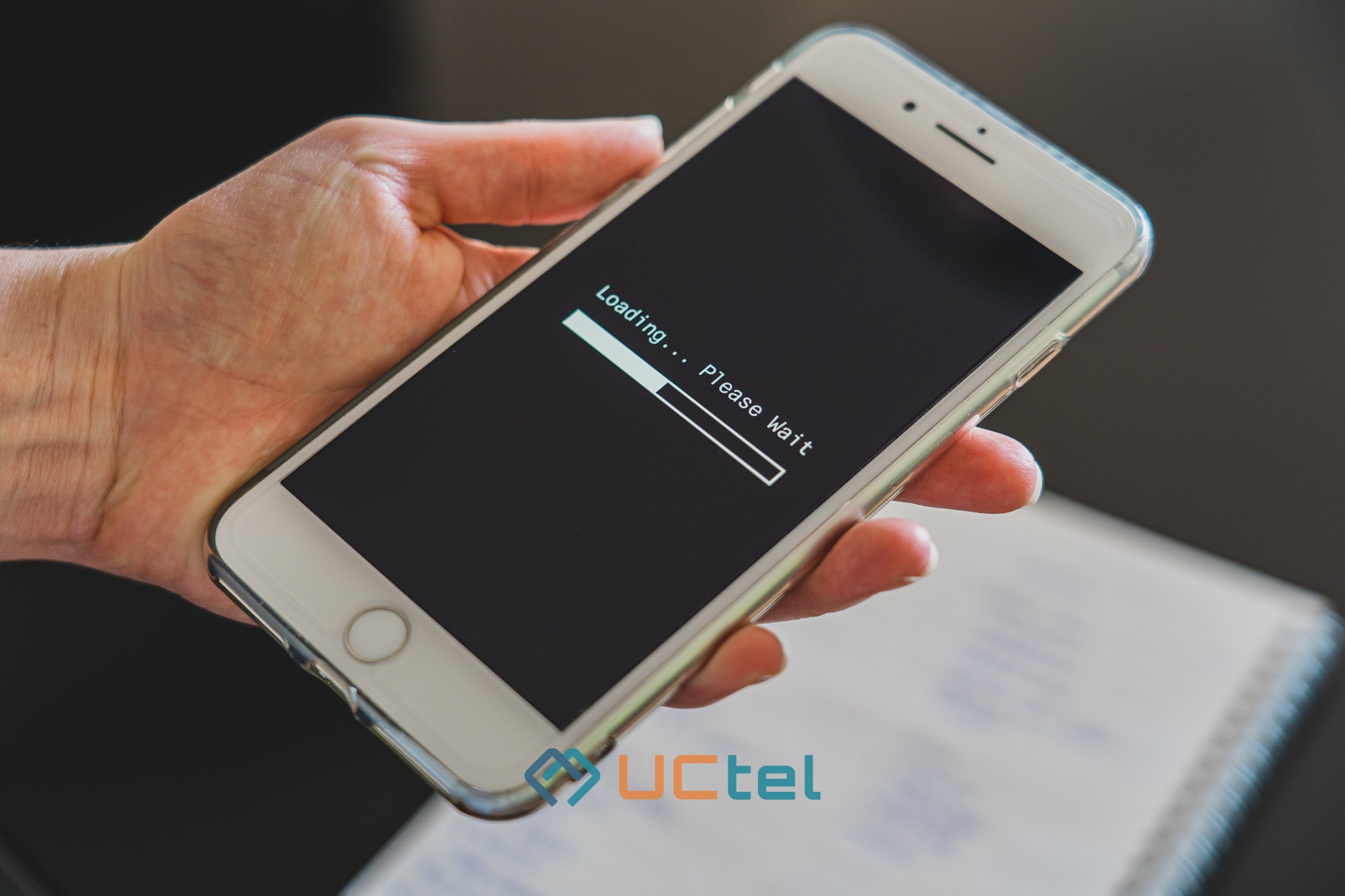
How to boost signal in concrete building with proven methods
Table of contents
- 1. Understanding signal reception challenges in concrete structures
- 2. How professional signal boosters overcome concrete barriers
- 3. Choosing the right signal booster for your building size
- 4. Strategic installation techniques for maximum performance
- 5. Real-world performance benefits and speed improvements
- 6. Alternative methods and why professional solutions work better
Concrete buildings present unique challenges for mobile phone signal reception that traditional solutions simply cannot address. Dense building materials like concrete and steel create significant barriers that prevent mobile signals from penetrating effectively indoors. These structural elements act as natural shields, blocking the electromagnetic waves that mobile devices rely on for communication.
Understanding how to boost signal in concrete building requires proven methods that work specifically with these challenging environments. Professional signal boosters, strategic installation techniques, and proper system sizing provide reliable solutions for homes, businesses, and industrial facilities struggling with poor indoor mobile phone coverage.
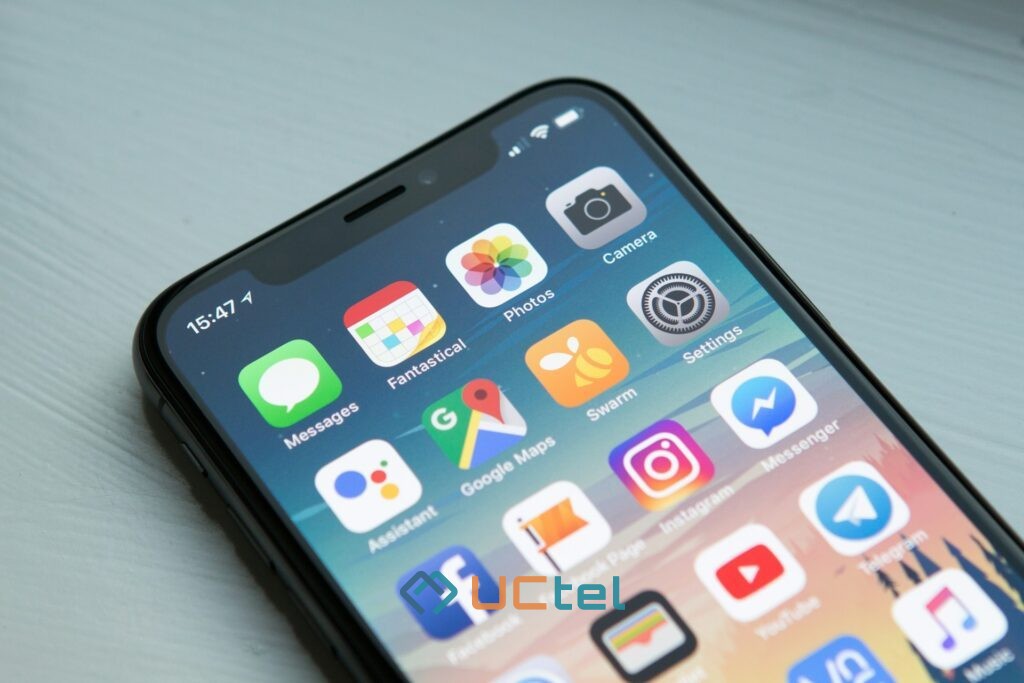
Understanding signal reception challenges in concrete structures
Concrete and metal building materials create substantial barriers that effectively block mobile phone signals from reaching indoor spaces. The electromagnetic waves used by mobile carriers cannot easily penetrate through dense concrete walls and steel reinforcements. This phenomenon, known as signal attenuation, directly correlates with the thickness and density of construction materials used in building design.
The severity of signal loss depends on multiple factors affecting mobile phone coverage quality. Concrete thickness and density determine how much signal strength gets absorbed or reflected away from indoor areas. Buildings with minimal windows create what experts call a Faraday cage effect, completely isolating interior spaces from external mobile phone networks.
| Building Material | Signal Loss (dB) | Impact Level |
| Standard concrete wall | 10-15 dB | Moderate |
| Reinforced concrete | 15-25 dB | High |
| Metal structures | 20-30 dB | Severe |
Insulated Concrete Form (ICF) homes present particularly challenging scenarios due to their concrete cores embedded within wall structures. These modern construction methods prioritize energy efficiency but inadvertently create additional barriers to wireless communication. Distance from mobile phone towers compounds these problems, especially when natural obstacles like tree lines obstruct direct line-of-sight to mobile phone infrastructure.
- Dead zones form in areas with minimal external antenna access
- Signal interference increases with building density and height
- Basement levels experience the most severe coverage limitations
- Corner rooms often receive weaker signals than central areas
How professional signal boosters overcome concrete barriers
Professional signal boosters employ a three-component system designed specifically to bypass concrete building limitations. The external antenna captures weak mobile phone signals from outside the structure, while an amplifier strengthens these signals significantly before transmission. An internal antenna then rebroadcasts the improved signal throughout interior spaces, creating reliable wireless coverage where none existed before.
The bi-directional amplification process works effectively because it completely circumvents concrete penetration issues. Instead of relying on signals to pass through dense building materials, coaxial cables inject signals directly from outside locations to indoor areas. This approach ensures consistent mobile phone reception regardless of construction material density or thickness.
- External antenna placement in optimal signal reception locations
- Signal amplification through professional-grade boosters
- Internal distribution via strategically positioned antennas
- Seamless integration with existing building infrastructure
Modern systems support comprehensive frequency band coverage including 3G, 4G LTE, and emerging 5G technologies. All major mobile carriers benefit from this technology. The amplification process maintains signal quality while dramatically improving reception strength throughout concrete structures.
| Signal Technology | Frequency Range | Boost Capability |
| 3G Networks | 850-1900 MHz | Up to 65 dB |
| 4G LTE | 700-2100 MHz | Up to 70 dB |
| 5G Technology | 600-2500 MHz | Up to 72 dB |

Choosing the right signal booster for your building size
Selecting appropriate signal booster systems requires careful consideration of coverage area requirements, building layout, and user density. Different solutions address specific needs ranging from residential applications to large industrial facilities requiring extensive wireless coverage throughout multiple floors and departments.
Small to medium buildings (Up to 550 square meters)
Residential and small business applications benefit from compact systems designed for coverage areas ranging from 185 to 550 square meters. These solutions typically include single amplifier units with basic antenna configurations suitable for home building environments.
- Single-room solutions for apartments and small offices
- Multi-room systems covering entire residential floors
- Small business applications with moderate device density
Large commercial spaces (Up to 1900 square meters)
Larger office buildings and commercial facilities require more powerful amplification systems. These configurations include multiple antenna options for enhanced signal distribution throughout expansive indoor areas. Professional installation often becomes necessary for optimal performance and regulatory compliance.
Enterprise and industrial applications (2300 square meters)
Professional-grade systems support for 100+ simultaneous users. Industrial applications covering up to 7,400 square meters require additional mobile phone carrier approval before installation. These comprehensive solutions ensure seamless communication across large facilities with demanding connectivity requirements.
| Building Size | System Type | User Capacity |
| Up to 550 sq mt | Residential/Small Business | 10-20 users |
| Up to 1,900 sq mt | Commercial | 50-75 users |
| 2,300+ sq mt | Enterprise/Industrial | 100+ users |
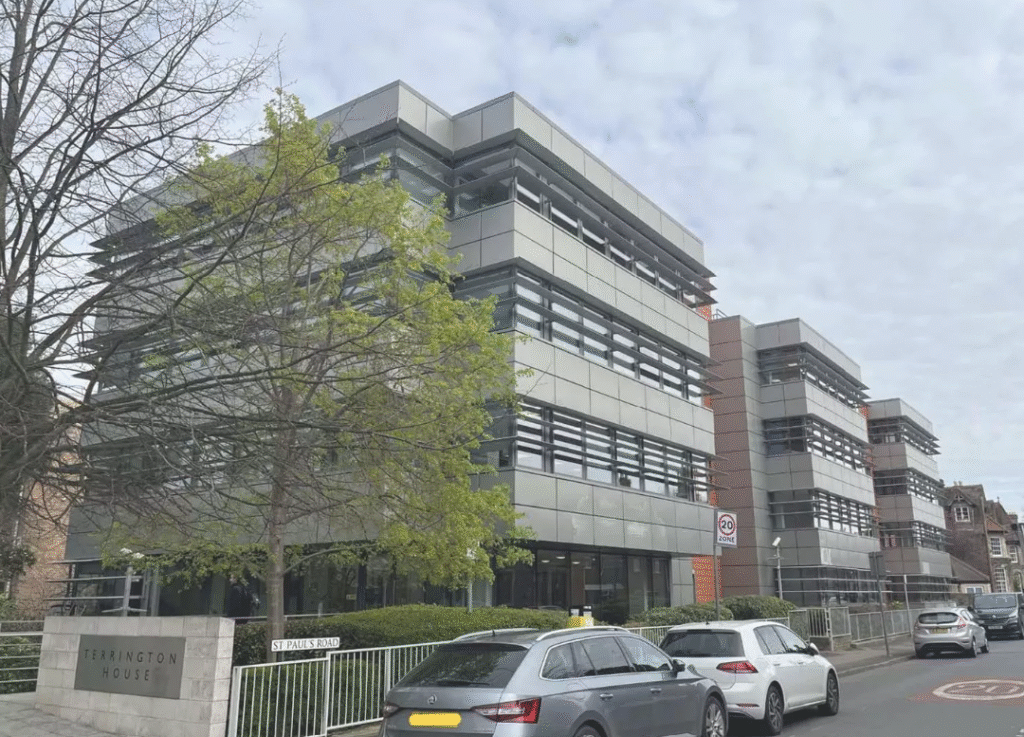
Strategic installation techniques for maximum performance
Optimal external antenna placement requires identifying locations with strongest available mobile phone reception from nearby mobile phone towers. Rooftops and high wall positions typically provide best results, minimizing interference from surrounding structures and natural obstacles. Professional installers assess signal strength measurements before determining final antenna positions.
Internal antenna positioning focuses on areas requiring maximum coverage improvement, typically central locations within concrete buildings. Proper separation distances between external and internal antennas prevent signal interference while maintaining system efficiency. Steel walls often provide adequate separation, though careful planning ensures optimal performance.
- Pre-installation site survey and signal strength assessment
- External antenna mounting in high-gain locations
- Internal antenna distribution for comprehensive coverage
- Cable routing through existing building infrastructure
- System testing and performance optimization
Pre-installation planning during construction phases allows seamless integration of necessary wiring and infrastructure. Professional installations may require plenum-rated cables for commercial applications, ensuring compliance with building codes and safety regulations. Experienced technicians understand local requirements and carrier specifications for optimal system performance.
- Roof access requirements and mounting considerations
- Interior cable routing through walls and ceilings
- Power supply locations for amplifier units
- Grounding requirements for external antennas
Real-world performance benefits and speed improvements
Signal strength improvements typically transform mobile phone reception from 0-1 bars to consistent 5-bar coverage throughout concrete buildings. Real-world testing demonstrates significant data speed enhancements, with indoor speeds improving from 25-35 Mbps to 75 Mbps compared to weak outside signals. These improvements enable reliable wireless communication for multiple devices simultaneously.
Performance benefits extend beyond basic signal strength increases. Enhanced call quality, reduced dropped calls, and faster data transmission create noticeable improvements in daily communication needs. Battery life improvements occur when devices no longer struggle to maintain connections with distant mobile phone towers through concrete barriers.
| Performance Metric | Before Installation | After Installation | Improvement |
| Signal Bars | 0-1 bars | 4-5 bars | 400-500% |
| Data Speed | 25-35 Mbps | 75 Mbps | 115-200% |
| Call Drop Rate | 15-25% | Less than 2% | 85-90% |
Successful installations in metal workshops and windowless buildings demonstrate effectiveness even in extreme Faraday cage conditions. Systems maintain reliable performance when mobile phone towers are obstructed by natural obstacles at distances exceeding 1.5 miles. Industrial facilities, warehouses, and underground areas benefit from consistent mobile phone coverage regardless of structural challenges.
- Manufacturing facilities with heavy machinery interference
- Underground parking garages and basement offices
- Multi-story concrete structures with central dead zones
- Remote buildings with limited tower visibility
Alternative methods and why professional solutions work better
DIY approaches include repositioning phones near windows, identifying building dead zones, reducing network traffic during peak hours, and stepping outside for important calls. Finding nearest mobile phone tower locations and enabling WiFi calling provide temporary relief but lack consistency for reliable business communication needs.
WiFi calling limitations include dependency on reliable broadband connections, device compatibility requirements, and potential service restrictions. International calling limitations and unexpected charges when WiFi connections fail create additional complications. These temporary solutions prove impractical for consistent wireless coverage throughout concrete buildings.
- Phone repositioning provides minimal and temporary signal improvement
- Going outside for calls interrupts workflow and productivity
- WiFi calling requires high-speed internet infrastructure
- Network traffic reduction has limited effectiveness
- Dead zone identification helps but doesn't solve coverage problems
Professional signal boosters provide permanent, reliable solutions with comprehensive warranty coverage and no ongoing subscription fees. Unlike temporary fixes, these systems address root causes of poor mobile phone reception in concrete structures. Two-year warranties and 30-day money-back guarantees ensure customer satisfaction with professional installations.
- Permanent installation eliminates ongoing connectivity issues
- No monthly fees or subscription costs after initial purchase
- Professional support and warranty coverage included
- Scalable solutions accommodate future expansion needs
- Regulatory compliance ensures carrier network compatibility
Get in touch with us today to request a tailored quote and discover the best solution to boost signal in your concrete building.



